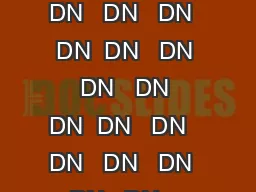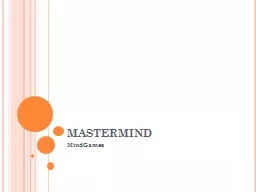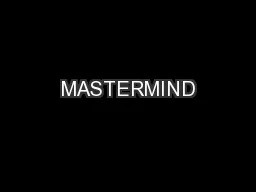PPT-mastermind: last details
Author : phoebe-click | Published Date : 2017-10-11
David Kauchak CS52 Spring 2017 Admin Assignment 7 Assignment 8 Midterm Course registration Key heuristic guess guess guess all codes not yet guessed The one that
Presentation Embed Code
Download Presentation
Download Presentation The PPT/PDF document "mastermind: last details" is the property of its rightful owner. Permission is granted to download and print the materials on this website for personal, non-commercial use only, and to display it on your personal computer provided you do not modify the materials and that you retain all copyright notices contained in the materials. By downloading content from our website, you accept the terms of this agreement.
mastermind: last details: Transcript
Download Rules Of Document
"mastermind: last details"The content belongs to its owner. You may download and print it for personal use, without modification, and keep all copyright notices. By downloading, you agree to these terms.
Related Documents














![[READ] The 1st Place: What is the Best Learning, Education Training for Me? Property](https://thumbs.docslides.com/1005646/read-the-1st-place-what-is-the-best-learning-education-training-for-me-property-investing-beginner-s-mastermind-series.jpg)